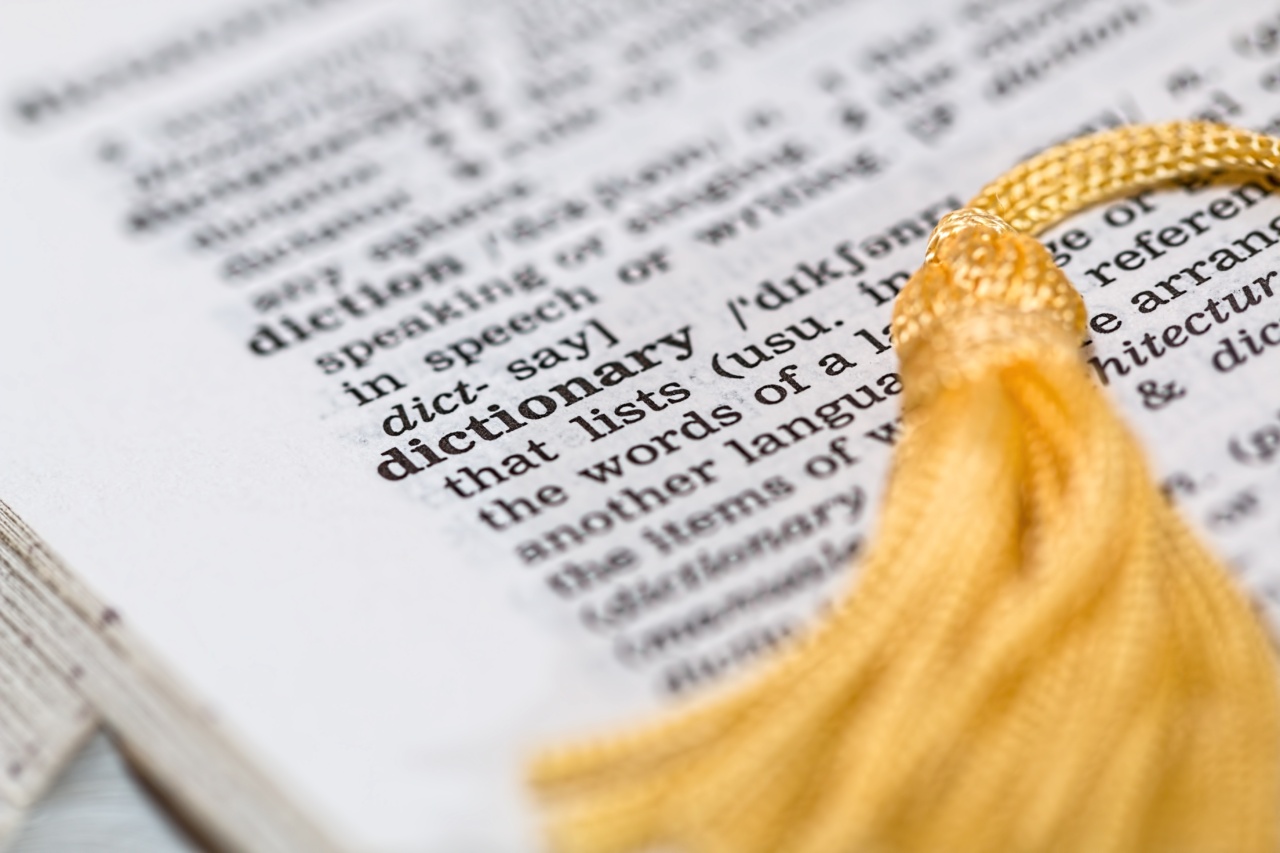Dyslexia is a common learning disability that affects almost 10% of the population worldwide. While it has long been associated with difficulty in reading, dyslexia is much more than just a reading problem.
It affects different areas of cognitive processing and can have a significant impact on an individual’s life, making it important to understand what it is and how it affects those who have it.
What is Dyslexia?
Dyslexia is a neurological disorder that affects an individual’s ability to read, write, spell, and comprehend language.
It is caused by an irregularity in the way the brain processes language, making it harder for individuals with dyslexia to accurately decode words and understand written language.
The Symptoms of Dyslexia
The symptoms of dyslexia can vary from person to person and can be difficult to recognize, especially in young children who are just learning to read. Some common symptoms of dyslexia include:.
- Difficulty in reading and writing
- Mispronunciation of words
- Difficulty in spelling
- Slow reading and poor comprehension
- Difficulty with sequencing, organization, and memory
- Difficulty with math and other skills requiring sequencing, organization, and memory
The Causes of Dyslexia
The exact causes of dyslexia are not yet fully understood. Researchers believe that a combination of genetic and environmental factors may play a role in its development.
Some brain imaging studies have also shown that people with dyslexia have differences in brain structure and activity compared to those without the condition.
Diagnosing Dyslexia
Dyslexia is typically diagnosed through a comprehensive evaluation that includes a review of the individual’s medical history, developmental history, and cognitive abilities.
Several tests may be used to accurately diagnose dyslexia, including reading tests, cognitive tests, and language assessments.
Treatment for Dyslexia
There is no cure for dyslexia, but there are several effective treatments and interventions that can help individuals with dyslexia manage their symptoms and improve their reading and writing skills. Some common treatments for dyslexia include:.
- Multisensory instruction: This type of instruction uses multiple senses (hearing, seeing, and touching) to help individuals with dyslexia improve their reading and writing skills.
- Phonics instruction: This type of instruction focuses on teaching individuals with dyslexia how to break down words into smaller parts and understand the relationship between sounds and letters.
- Assistive technology: There are several apps and software programs that can help individuals with dyslexia improve their reading and writing skills, such as text-to-speech software and speech-to-text software.
Living with Dyslexia
Living with dyslexia can be challenging, but with the right support and interventions, individuals with dyslexia can lead happy, successful lives.
It is important for individuals with dyslexia to understand their strengths and weaknesses and to seek out appropriate support and accommodations when needed.
Conclusion
Dyslexia is a complex learning disability that affects individuals in different ways. While it is most commonly associated with difficulty in reading, dyslexia can also affect other areas of cognitive processing, such as memory and organization.
With early diagnosis and appropriate interventions and support, individuals with dyslexia can manage their symptoms and thrive.





























